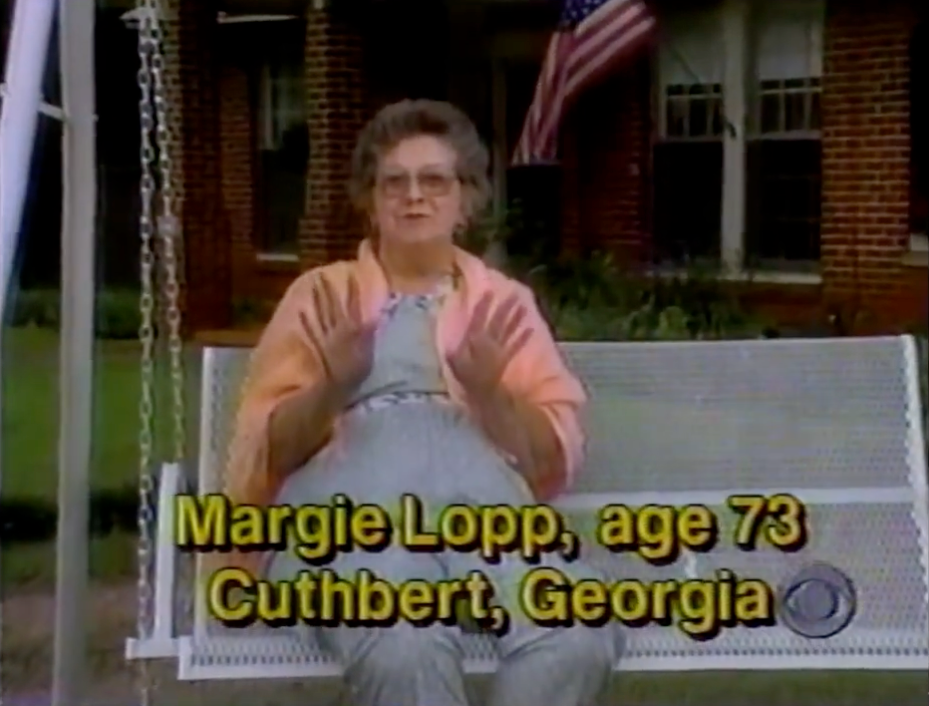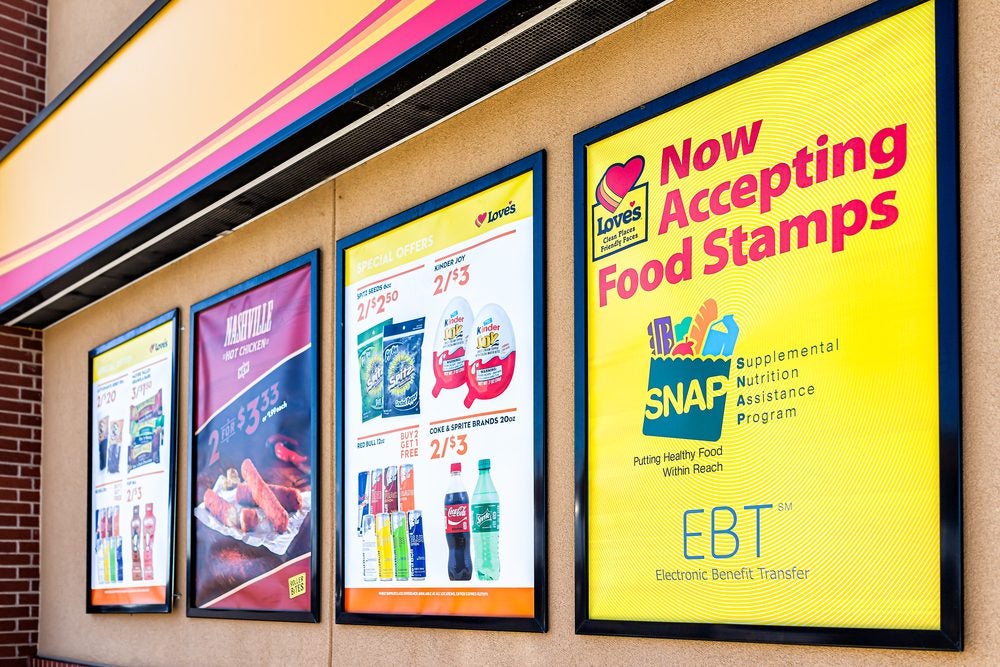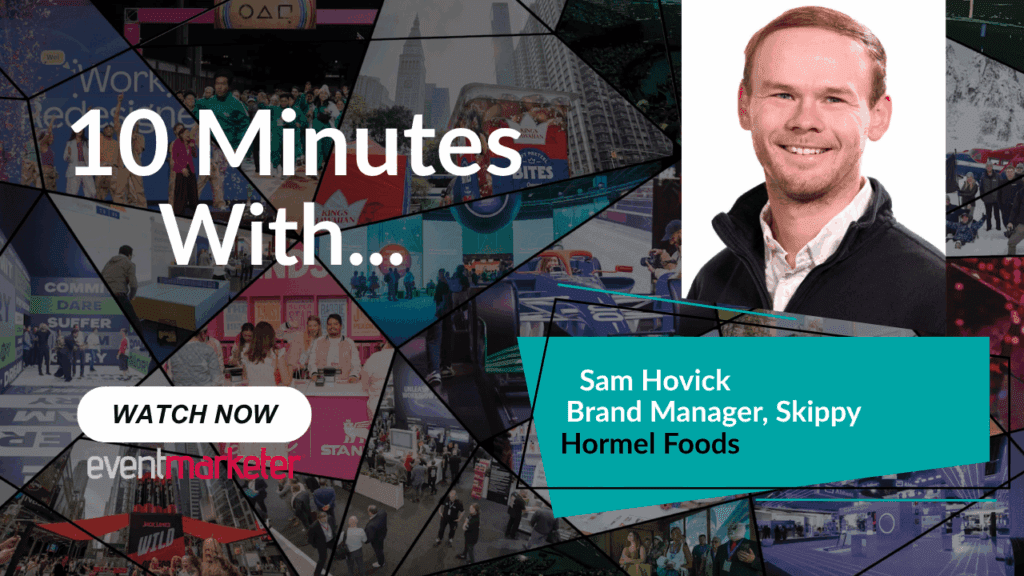Meow Mix Co. only meant to have its store open for a week. But traffic was good, and the p.r. coverage so far-flung that a would-be franchisee called from South Africa, and a newspaper fact-checker from Ireland. So Meow Mix Café stayed open a second week.
That stint should boost licensing enough to add $50 million in sales next year, figures Meow Mix CEO Richard Thompson. Not bad for a $150,000 project.
“It was such a good promotion, people were begging us to keep it open,” Thompson says. Meow Mix is only the latest marketer to open a “pop-up store,” a short-term storefront intended more for p.r. and promotion than sales. Non-retail brands (think Delta Airlines and eBay) open these shops to build awareness and let consumers sample the brand. Retailers like Target Stores and JCPenney use pop-up stores to showcase special collections and reach chic shoppers far from their own aisles.
A pop-up store is often just a well-dressed sampling campaign. “It isn’t really about retail. It’s about branding and achieving trial,” says Wendy Liebmann, president of retail consultancy WSL Strategic Retail, New York City. “This is a 3,000-square-foot display you might otherwise see in an endcap.”
The cost of a two-week store is comparable to a three-month mobile tour reaching more consumers (and retailers) in several markets. But pop-ups are novel, and the p.r. buzz is worth it, agencies say.
Manhattan is the favorite market for such stores, with lots of foot traffic (to reach trend-setting New Yorkers) and the top media outlets (to reach the rest of the world through p.r.). “New York is the center for every audience — media, consumers, Wall Street. It’s the perfect way to showcase an experience,” says Claudia Strauss, president of LIME Promotion & PR, New York City, which has created pop-up stores for Delta Airlines and Target Stores.
Real estate is expensive, but still cheaper than day rates for a hotel ballroom. Meow Mix leased a 5th Ave. storefront for one month, then spent three weeks building out the 3,600-square-foot space. “It was just a shell. Everyone came in from Meow Mix’s New Jersey office to help,” says Matthew Glass, CEO of New York City-based Grand Central Marketing, which handled the café for Meow Mix.
The café idea came as the No. 1 dry cat food brand mulled ways to launch its wet food. Meow Mix considered a pure retail store, but “we thought it would be much better to have people bring their cats and we could serve them,” Glass says. “It needed to be an interactive space, like an ESPN Zone for cats.”
Meow Mix will open a second café outside New York next year; consumers are voting online to pick the city. There may also be a spring-summer mobile tour, which is more flexible than a storefront and can visit key retailers. (Online votes could set the route.)
Meow Mix funded the café through its promotion and p.r. budget, then measured press mentions (100 million) and sample distribution (14,000 pouches) to gauge results.
Delta Airlines launched low-cost subsidiary Song in 2003 with a SoHo pop-up that showcased Song’s organic food; in-flight TV, radio and videogames; and perks from partners American Express, Coca-Cola, Disney and Microsoft. The lush 2,700-square-foot store hosted 10 events per week for six weeks, from celeb chef demos and author appearances to Disney flicks and concerts. Kiosks sold airline tickets; weekly giveaways drove repeat traffic. Song hosted 36,000 visitors, 40% more than expected. The store “helped reinforce those partnerships” with AmEx, Coke, Disney and Microsoft, says Strauss, whose agency created the store. Song tapped partners’ databases for direct-mail invitations. Song employees staffed the store. “They were the best brand advocates,” Strauss says. A second Song store popped up in Boston early this year.
Sharp Electronics Corp. launched its Aquos high-definition TV with a SoHo gallery showcasing three artists’ interpretations of Aquos’ “More to See” tagline, with TVs in the artwork. Sharp will entertain trade clients at the gallery, which is open through January via LIME.
Location, location, location
EBay wanted to host tours of its 2004 eBay Showhouse, a townhouse decorated by eight designers with goods bought on eBay. (Its popular 2003 Showhouse wasn’t open to the public, but there were virtual tours at ebay.com.) So Ebay shopped for an empty townhouse on Manhattan’s Upper East Side — convenient for reporters, with cachet for socialites. About 50 buildings fit the bill. “It’s a seller’s market. Who wants to take a property off the market for a month or two when you could get a buyer just like that?” says Peter Harrison, principal of David Lees Productions, the New York-based event planning firm that produced eBay Showhouse.
EBay vetoed a luxury condo, then OK’d a freestanding townhouse it could open to crowds. David Lees rented meeting rooms in the hotel next door when opening night drew nearly 500 visitors; eBay expected 150.
“We got eBay geeks and the ladies who lunch. It was a great cross-section of people,” Harrison says.
Event marketing agencies have handled most pop-up stores. The details are similar to a mobile tour: scheduling, staffing, building out a brand environment. “Event planners are used to wacky logistics,” Harrison says. David Lees had to warehouse goods coming from hundreds of eBay sellers worldwide, then schedule each designer’s deliveries to the Showhouse. Each room had a list on the wall describing each item’s provenance and purchase price; room monitors gave more detail and showed visitors how to shop eBay. “Our people weren’t standoffish,” compared to more established show houses, Harrison says.
Real retail
Would packaged goods brands tick off their retail customers with pop-ups? No, as long as they don’t infringe on traditional retail, Liebmann says. “Pop-ups are short-lived. They launch a concept in a managed environment where consumers aren’t distracted by something else. Then consumers are already sold on it by the time they see it at retail.”
The key is using promotions to send visitors back to retail. Meow Mix distributed coupons; eBay circled back to its site with an online auction to sell off all items in the Showhouse.
Retailers use pop-ups to boost their own store traffic — and image. Target has hosted three pop-up stores in New York: A 2002 holiday barge (yes, on the Hudson River); a September-October 2003 1,500 square-foot store in Rockefeller Center to launch designer Isaac Mizrahi’s line; and the May-July 2004 Bullseye Inn shop in the Hamptons, selling summer goods. The shops sell, but also encourage New Yorkers to visit regular Target stores outside Manhattan (where Target can actually afford to build stores). “For Target, pop-ups are an advertising vehicle to position the brand,” Liebmann says. “It’s direct competition to traditional media.”
JCPenney opened a 5th Ave. pop-up in September to launch designer Colin Cowie’s exclusive bridal collection for the chain, and Penney’s revamped bridal registry. The store was open one week, and hosted four “instant weddings” on opening day — the couples were winners of JCPenney’s Married by Colin essay contest. (One couple won a grand-prize honeymoon package to Cowie’s native South Africa.) The showroom had a registry kiosk, but didn’t sell goods. JCPenney and Cowie created the store with an assist from p.r. shop LaForce & Stevens, New York City, which handled the contest.
Last May, JCPenney used a 2,500 square-foot shop in Rockefeller Center to launch designer Chris Madden’s home, bath and kitchen collection. Shoppers could order online via PCs in the store. P.R. budgets funded both shops, and JCPenney tracked media impressions and traffic to gauge success. The Dallas-based chain is planning 2005 marketing now; no pop-ups are slated, but “we evaluate opportunities case by case,” says JCPenney spokesperson Quinton Crenshaw.
It’s easier for retailers to pull off pop-ups because “they understand opportunistic real estate buys, and location,” Liebmann says. “It’s still got to be the right spot, even if you’re only there for a week or a month.”






